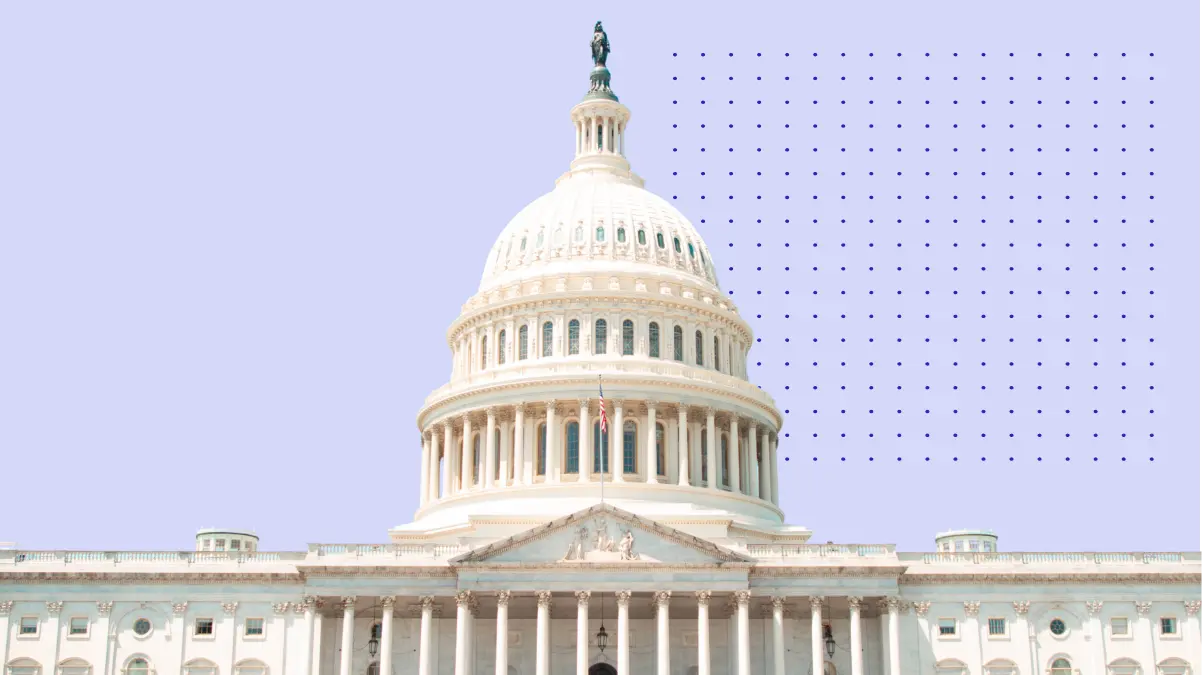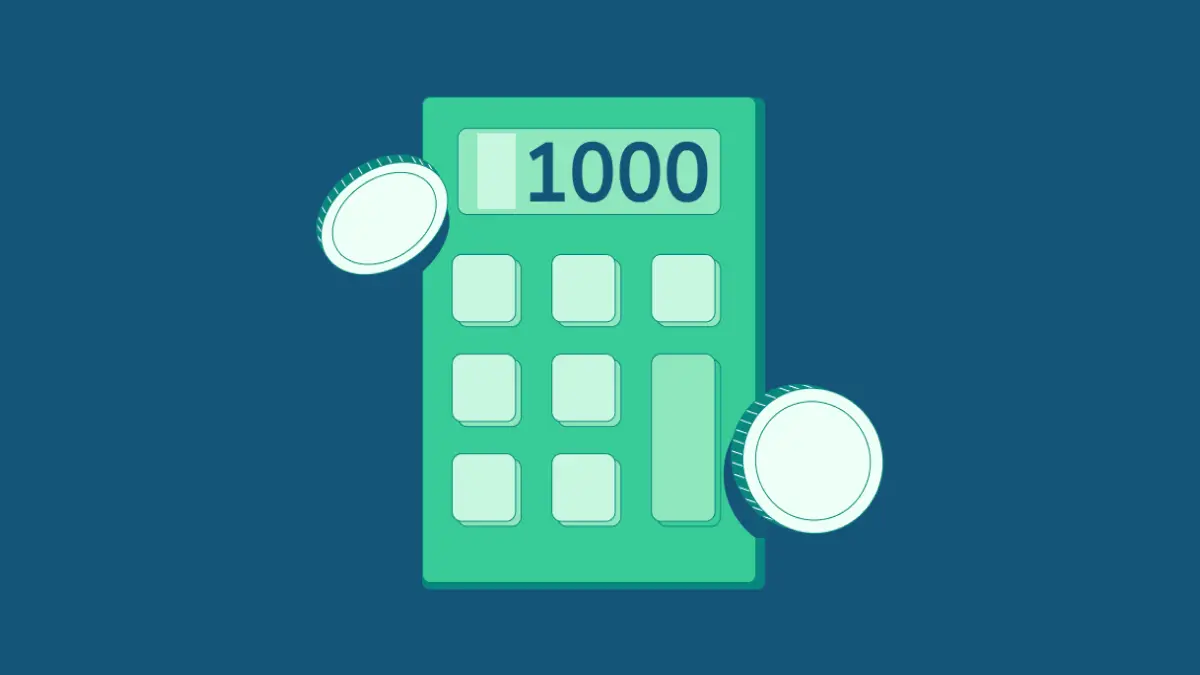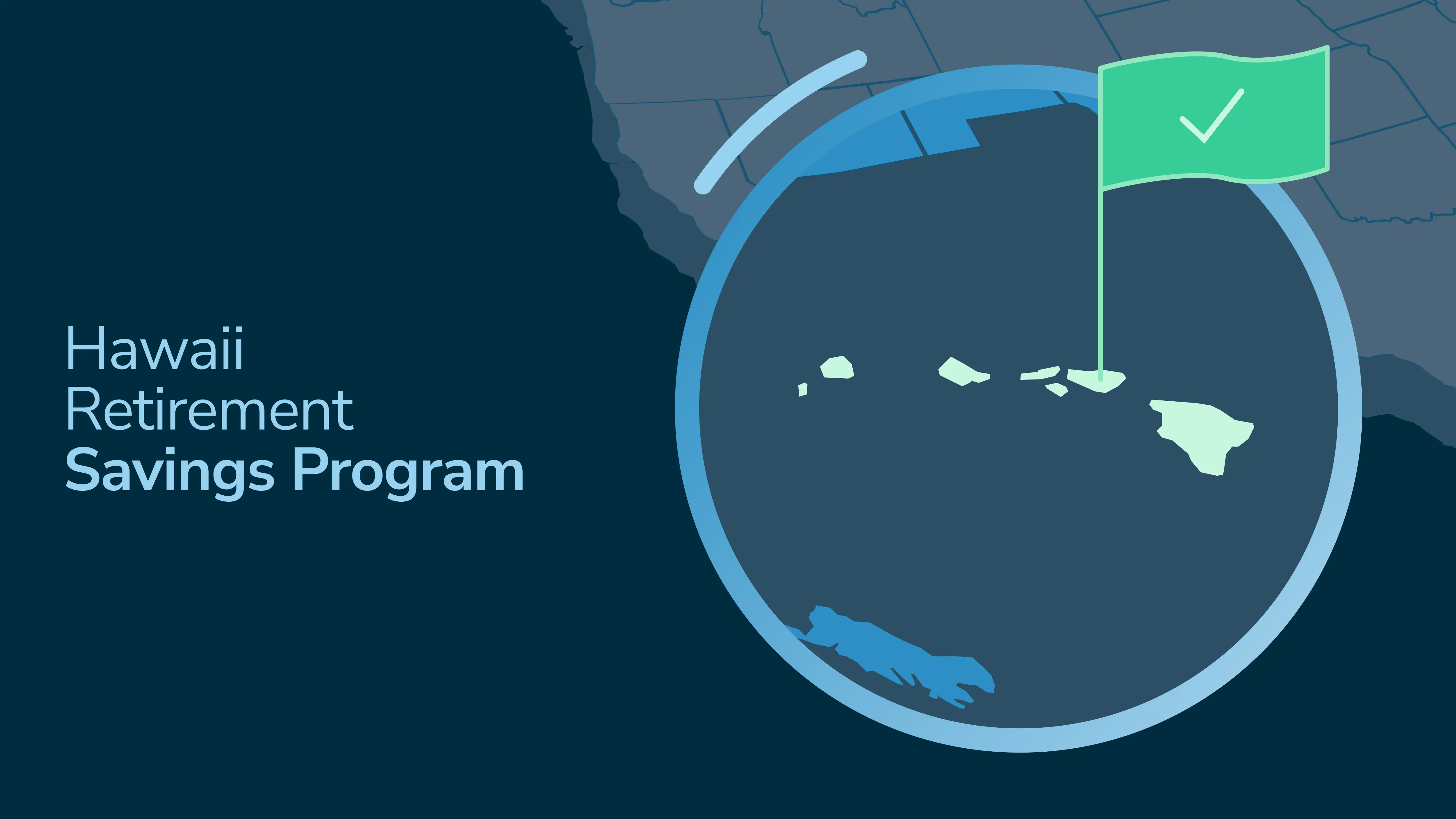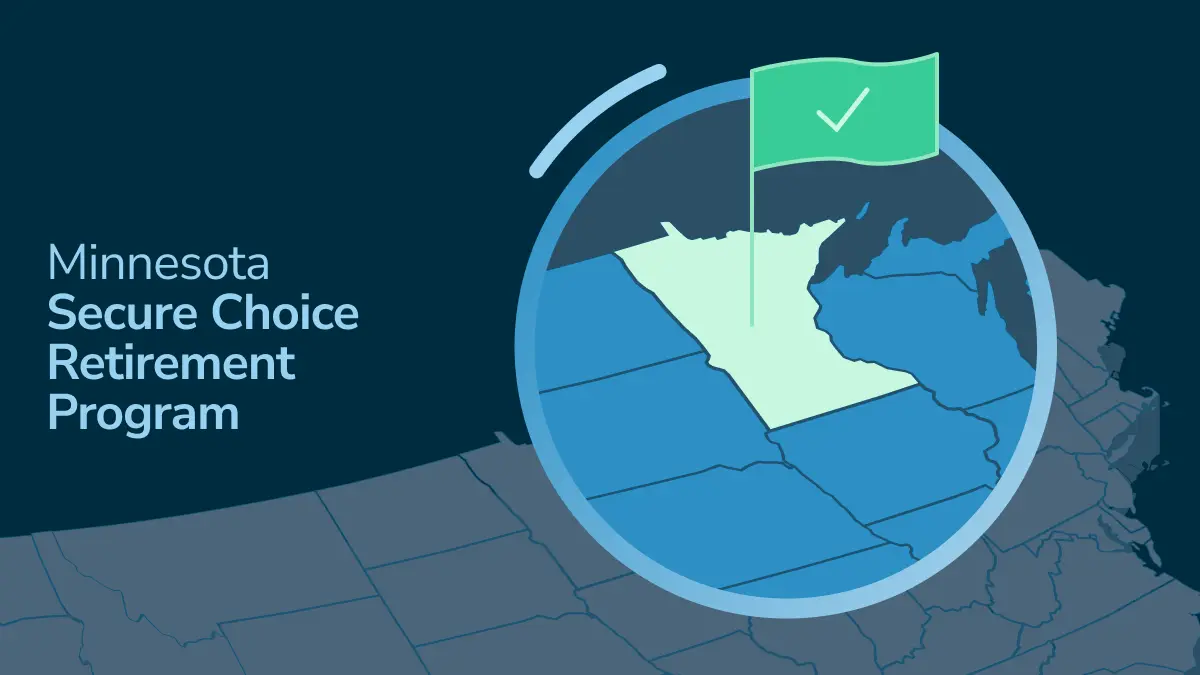SECURE 2.0 Has Passed, Here’s What That Means for Retirement Plans in 2023

SECURE 2.0 Has Passed, Here’s What That Means for Retirement Plans in 2023
In December 2019, the U.S. Congress passed the Setting Every Community Up for Retirement Enhancement, commonly known as the SECURE Act, which brought some of the most significant changes to retirement in America since the inception of defined contribution plans in 1978. Now, just three years later, the U.S. Congress has passed the Securing a Strong Retirement Act, the RISE and SHINE Act, and the EARN Act, dubbed collectively by supporters as “SECURE 2.0,” as part of its 2023 omnibus spending deal. The new legislation attempts to finish the work started with the passage of the SECURE Act, and includes several key provisions that could help reshape the American retirement landscape.
In this article, we’ll be discussing the major impacts of SECURE 2.0, with a focus on the new provisions that retirement plan advisors should pay closer attention to as they seek to grow their business in the new year.
SECURE 2.0: Sweetening the Deal for New Retirement Plans
The following SECURE 2.0 highlights may increase the number of employers interested in offering a retirement plan and the number of employees who participate in it. It may also bolster the case that retirement plan advisors pitch to prospective clients in advising them to start their first retirement plan.
Improved Tax Credits for Employers Who Start a New Retirement Plan
SECURE 2.0 has introduced a tax credit for employers to offer a defined contribution plan. Employers with less than 50 employees can receive a startup credit of 100% of administrative expenses up to $5,000 per year for three years. Employers can also receive an additional credit equal to the amount contributed by the employer on behalf of non-highly compensated employees, up to $1,000 per employee. The full credit is available to employers with 50 or fewer employees, phasing out for employers with more than 100 employees. Employers can also offer small incentives, like a gift card, to further encourage participation in the plan. The Act also expands the opportunity for part-time employees to participate.
Mandate Auto-Enrollment and Contribution Increases for 401(k) and 403(b) Retirement Plans
SECURE 2.0 requires that new defined contribution plans automatically enroll employees once they become eligible to participate in the employer’s retirement plan. Affected employees would begin their enrollment with a 3% pre-tax contribution that gradually increases by 1% each year, up to at least 10% but not more than 15% of the employee's earnings. Existing retirement plans do not have to meet these requirements, and there may be additional exemptions for businesses with 10 or fewer employees, those in business for less than three years, church plans, and government plans.
SECURE 2.0: Expanding the Savings-Related Benefits Employers May Offer
Not only does SECURE 2.0 seek to increase the number of employers offering a retirement plan, it also enables employers to incorporate new savings-related offerings into their overall employee benefits packages. For retirement plan advisors looking to expand their practice in 2023, these SECURE 2.0 changes offer an opportunity to create new business with existing clients and further support their financial benefits and retention strategies.
Authorize Employer Matching of Qualified Student Loan Payments Beginning in 2024
Many younger Americans have trouble saving a nest egg for retirement while making student loan payments. As a result, some younger employees do not make voluntary contributions their employer would otherwise match, leaving thousands of dollars on the table each year. Under SECURE 2.0, employers are now permitted to match (up to a certain limit) qualified student loan payments as contributions to retirement for employees with student loans, opening the door for strained employees to pay off their loans while saving for retirement at the same time.
Allowing Employer Matching Contributions to Roth Accounts
Prior to SECURE 2.0, employer-matching retirement plan contributions could only be paid into employees' pre-tax 401(k) retirement plan accounts. Now, employers can offer their employees the option to elect that some or all of their matching contributions be treated as Roth contributions for their retirement account. These Roth contributions would not be excludable from employees' gross income.
SECURE 2.0: The ABLE Age Adjustment Act
The ABLE Act, signed into law in 2014, made it possible for people who became disabled before turning 26 to save money without risking the loss of their federal disability benefits. The ABLE Act was limiting, and the U.S. Congress wanted to expand its coverage with the passage of the ABLE Age Adjustment Act. The ABLE Age Adjustment Act, which was first introduced in 2021, has been included in the same Fiscal Year 2023 spending bill that authorized the provisions of SECURE 2.0. With the passing of this new law, a significant change has been made to ABLE accounts that will expand the number of people eligible to participate in the program.
Raises the Onset of Disability Age Limit to 46
ABLE accounts were only available to those who acquired a qualified disability before the age of 26. People whose disability came later in life were excluded from the program entirely, a situation that unfortunately affected many American veterans and millions of others with a disability. With the passage of the ABLE Age Adjustment Act, the disability age limit has been raised to age 46. Now, an estimated six million people with disabilities will gain access to these life-changing accounts.
SECURE 2.0: Legal and Regulatory Updates
SECURE 2.0 will make significant improvements to the legal and regulatory requirements of many retirement plans. Taken together, the following changes decrease the burden of compliance on the part of the retirement plan advisors who are managing the plan and the employers who are offering it.
Raise the Age Threshold for Required Minimum Distributions
The original SECURE Act raised the age at which retirement plan participants are required to take distributions from their retirement account to 72 years old, up from 70 years and six months. This new legislation raises it once more to age 73 in 2023, 74 in 2029, and 75 by 2033. This change gives retirement plan participants greater flexibility when deciding the best time to begin withdrawals from their account.
Allow Employee Self-Certification of Hardship
Under SECURE 2.0, employees may self-certify that they have suffered a hardship for the purposes of taking an early withdrawal from a 401(k) or a 403(b) retirement plan. However, employers with actual knowledge to the contrary may not rely on this self-certification.
Recovery of Retirement Plan Overpayments
Previously, the rules governing plans generally required retirement plan sponsors to recover overpayments made to employees. However, SECURE 2.0 clarifies that a tax-preferred employer plan does not violate the tax qualification rules if the plan does not seek repayment or if the plan is amended to account for the overpayments.
SECURE 2.0: Reshaping Retirement Plans in 2023 & Beyond
With the passage of SECURE 2.0, the retirement revolution started by the 2019 SECURE Act is further bolstered. Employers have additional tax incentives to start a new retirement plan, while mandated auto-enrollment may all but guarantee that the average value of retirement plan assets will grow over time. Retirement Plan Advisors are now staring down the face of a great opportunity: the ability to serve a massively expanded market while increasing revenue from current customers.
To capture the growing market of small business retirement planning, advisors need a platform that can meet the needs of their business. Scale your practice, customize your offering, delight your clients, and give them the experience they deserve with the only recordkeeping service built for retirement plan advisors.
Vestwell Holdings Inc. and its affiliates do not provide tax, legal or accounting advice. This material has been prepared for informational purposes only, and is not intended to provide, and should not be relied on for, tax, legal, or accounting advice nor as a solicitation or recommendation of any investment. You should consult your own tax, legal and accounting advisors before engaging in any transaction or making any changes to your retirement plan.








